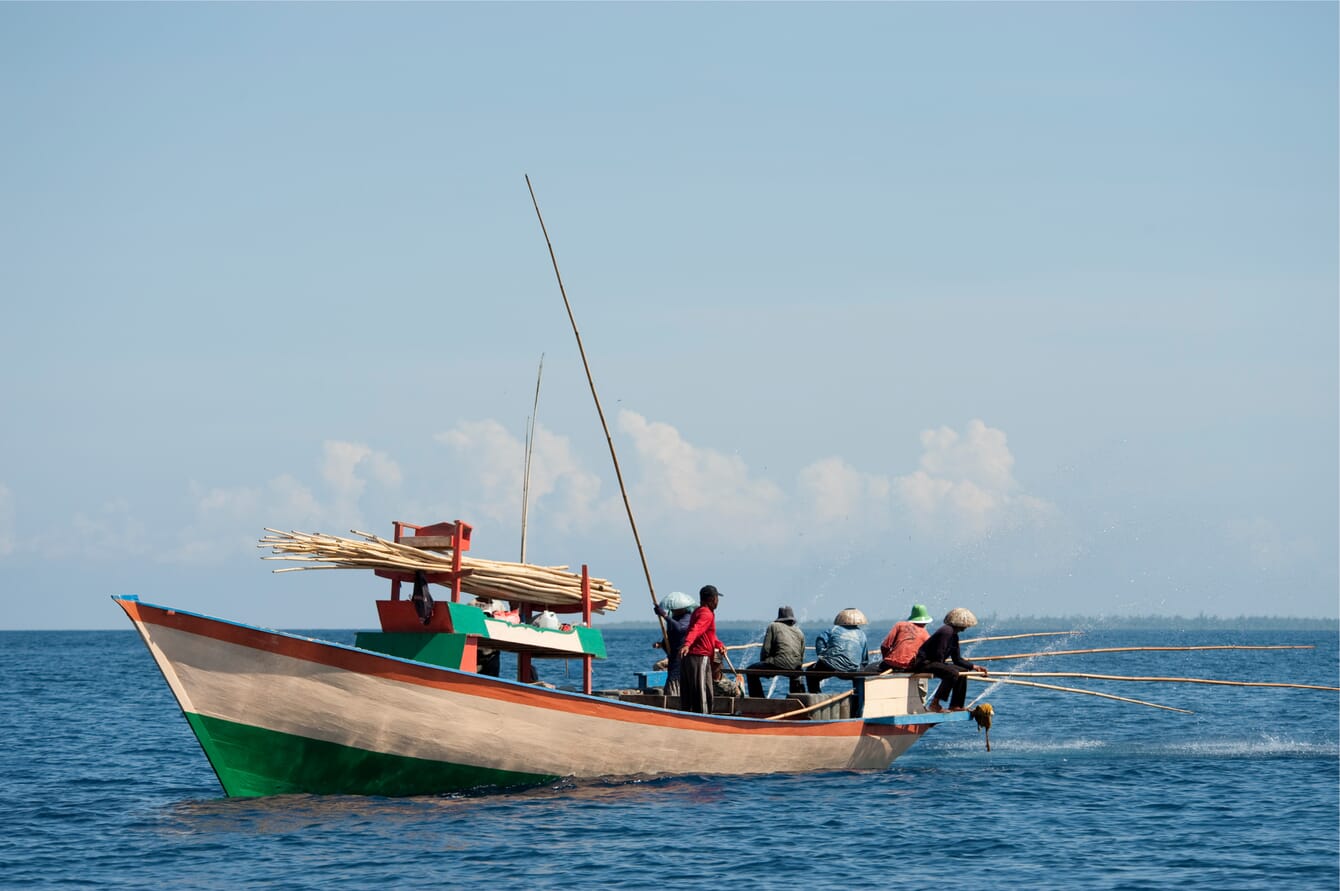
© Jurgen Freund/WWF
Whilst the continued growth of aquaculture may be celebrated for its contribution to global food and employment security, it can have a negative effect on competing sectors when sufficient planning and integration is absent.
Aiming to promote harmonious growth of marine aquaculture and small-scale fisheries (SSFs), a recent study published in the journal Nature explores the interactions, benefits, and trade-offs which occur between the two industries. It is important to note that both aquaculture and small-scale fisheries play an important role in providing food and employment, both to small communities and within a wider social context. Therefore, the management of both sectors must take into account the intersectional nature of potential impacts whilst preventing negative ecological impacts from both sides.
Led by Elizabeth Mansfield and Fiorenza Micheli - scientists from the Hopkins Marine Station, California - the researchers conducted an in-depth analysis of 46 case studies of fisheries and aquaculture interactions, with both positive and negative outcomes.
The importance of rights and access
A key point that is highlighted repeatedly throughout the study is the importance of clear delineation of user rights to ensure the equitable use of marine resources. User rights, which can include human rights, tenure rights, and indigenous rights, can be negatively impacted where SSFs and aquaculture interact without adequate planning. According to the study, where common user rights are clearly stated and upheld, both SSFs and aquaculture will likely benefit through the sustainable use of space and resources.
Accordingly, where user rights to the “blue commons” are not upheld, or where they are revoked by regulation, the socio-economic outcomes of interactions between SSFs and aquaculture are often profoundly negative.
Conflict in Norway
For example, an area of coastline off Spildra Island, Norway, is an important resource for small-scale fishers, many of whom belong to Sami communities for whom traditional fishing is an important source of income and food. As part of a coastal development plan proposed in 2015, the area was designated for aquaculture development, but following concerns and conflict over the proposed use of the area, the site was removed from the plan.
In addition to concerns that effluence and disturbance resulting from aquaculture activities may negatively affect the surrounding coastal ecosystem - which supports a significantly high number of species - the importance of the Spildra Island fishing grounds to local Sami was a key point of contention leading to the removal of the site from the development plan.
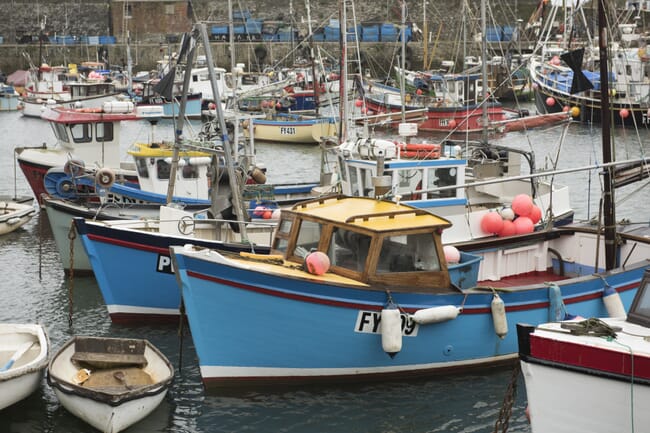
Small-scale fishers and coastal aquaculture operations often compete for space and resources in what has been dubbed the "blue commons"
The then president of the Sami Parliament raised concerns over the encroachment of aquaculture on coastal areas important to small scale fishers, highlighting that rights and access of Sami communities to coastal areas would potentially be precluded.
Some members of the local community even believed that the development marked the end of traditional fishing practices. If the development were to go ahead, then the fishers would be forced out into deeper waters if they wished to continue - something that many of the smaller boats simply could not attempt safely.
Following the initial removal of the Spildra Island site from the development plan, and bearing in mind the strong response of the local communities, the municipality processed an application for an exemption from the blocking of the site by a major Norwegian salmon company, allegedly as a result of lobbying.
However, even where user rights are assured to a group or community, it does not always follow that they will be able to access the respective locations or resources. Where communities maintain user rights to an inshore fishery, the fair accessibility of these resources is equally as important to ensure mutually beneficial interactions between SSFs and aquaculture development.
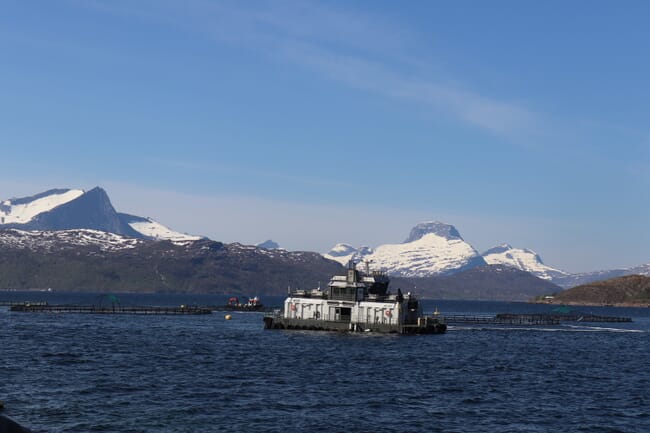
In addition to the clear delineation of resource rights, the consideration of the feasibility of access to resources is highly important, and where necessary, changes to funding and infrastructure may be needed to allow equitable access for SSFs and aquaculture operations.
In many cases, the trade-offs that can occur between aquaculture development and small-scale fisheries have their roots at the planning stage, which can often lack adequate consultation of small fishing communities by aquaculture developers. For example, even before construction begins, the high initial costs of aquaculture construction and development can preclude the involvement of local stakeholders, and can often lead to ownership of aquaculture operations by large companies. This subsequently manifests as the privatisation of previously public nearshore waters, which would have been accessible for small-scale fishers.
Issues in the Philippines
A clear example of this scenario can be observed in the development of milkfish (Chanos chanos) farming practices in the Philippines. The culturing of this species is a centuries old practice, yet its growth and development has been rapid over recent decades due to increasingly reliable hatchery operations. However, high feed costs - which account for up to 80 percent of expenses for Filipino milkfish farmers - can limit ownership of farms to larger organisations and foreign investors, preventing prospective small-scale producers from entering the industry.
Similarly, research into the limitations to diversification of small-scale inshore fishers into aquaculture in England found that financial resources and knowledge barriers were significant in preventing this approach to overcoming the problem. Even where those engaged in capture fisheries believed that they possessed the knowledge and time to successfully engage with aquaculture, they reported that high start-ups costs would prevent this.
The study also found that many fishers shared concerns that aquaculture production would compete with fisheries products at market. To make the inclusion of small-scale fishers in aquaculture practices more feasible, increased funding and knowledge sharing are required, with a particular focus on the availability of education on common aquaculture techniques, as well as regulations and policy.
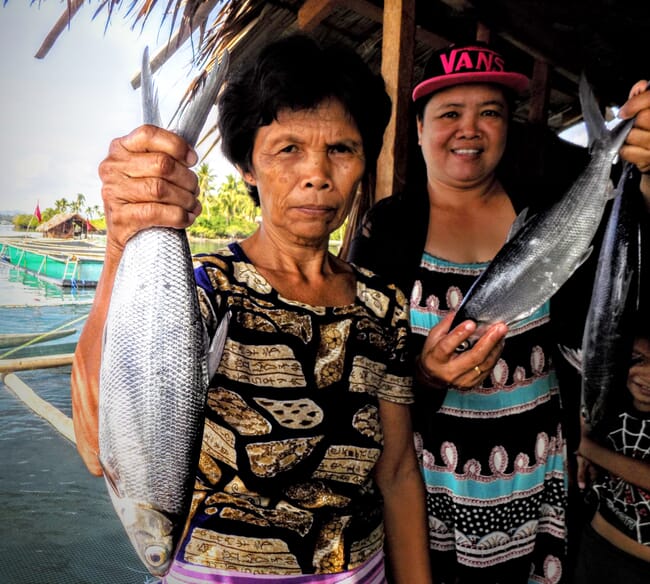
The high startup costs of milkfish aquaculture in the Philippines has historically favoured large organisations and foreign investors over small-hold farmers
Competition for sales
SSFs and aquaculture also often compete directly within markets due to overlap of products and clients. The effects of this type of interaction can be difficult to foresee or plan for, as market competition can occur even where SSFs and aquaculture operations are not co-located.
Whilst it may not be possible to fully prevent this type of competition from occurring, alternative solutions must be sought, such as including SSF products at different points in the supply chain. Instead of relying on imported aquafeeds to produce products that may compete with fisheries output, the sourcing of feed products directly from local SSFs may provide a mutually beneficial outcome for both SSFs and aquaculture operations, resulting in decreased resource and market competition for both industries.
For example, the Kenya-based startup SeaVentures collects the waste by-products produced by small-scale fisheries, processing the scraps and fish carcasses into a nutrient dense aquafeed. Processes such as this create the potential for additional revenue for fishers by adding value to previously discarded fisheries by-products, whilst also reducing the demand for aquafeeds reliant on already heavily exploited wild fish stocks.
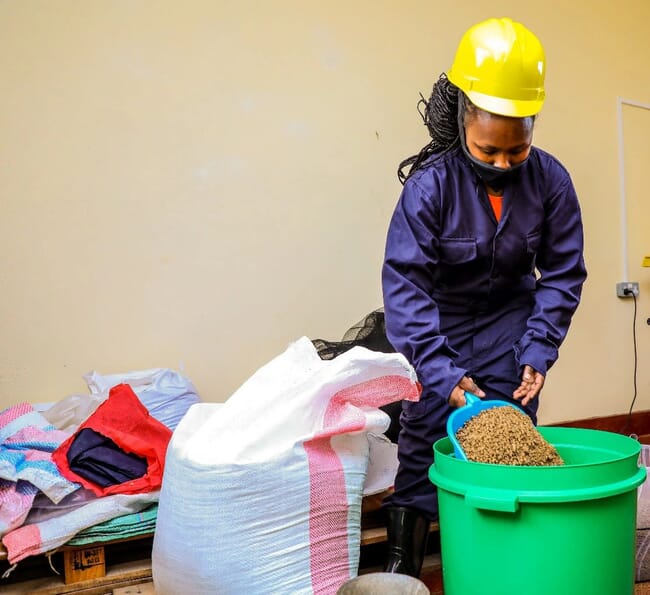
Kenya-based startup SeaVentures collects scraps from small-scale fisheries, processing the waste into feeds for aquaculture and domestic pets © SeaVentures
Modelling solutions and synergies
As part of the study, the researchers conducted qualitative model analysis of various policy structures which could potentially be employed to manage the relationship between aquaculture and SSFs.
The results of this modelling indicated that the outcomes of industry interactions are highly variable and difficult to predict, being very dependent on the specific structure and assumptions of the systems which interact - a finding which highlights the challenge of planning for the symbiotic growth of the two sectors.
The analysis conducted by the researchers suggests that policies which focus only on the incentivisation of aquaculture development individually with no other structural changes will likely result in negative impacts on local fisheries. Conversely, policies which incentivise the expansion of aquaculture alongside the integration of local fisheries will be more likely to result in mutually beneficial synergism, although continued management efforts would be necessary to minimise negative interactions.




